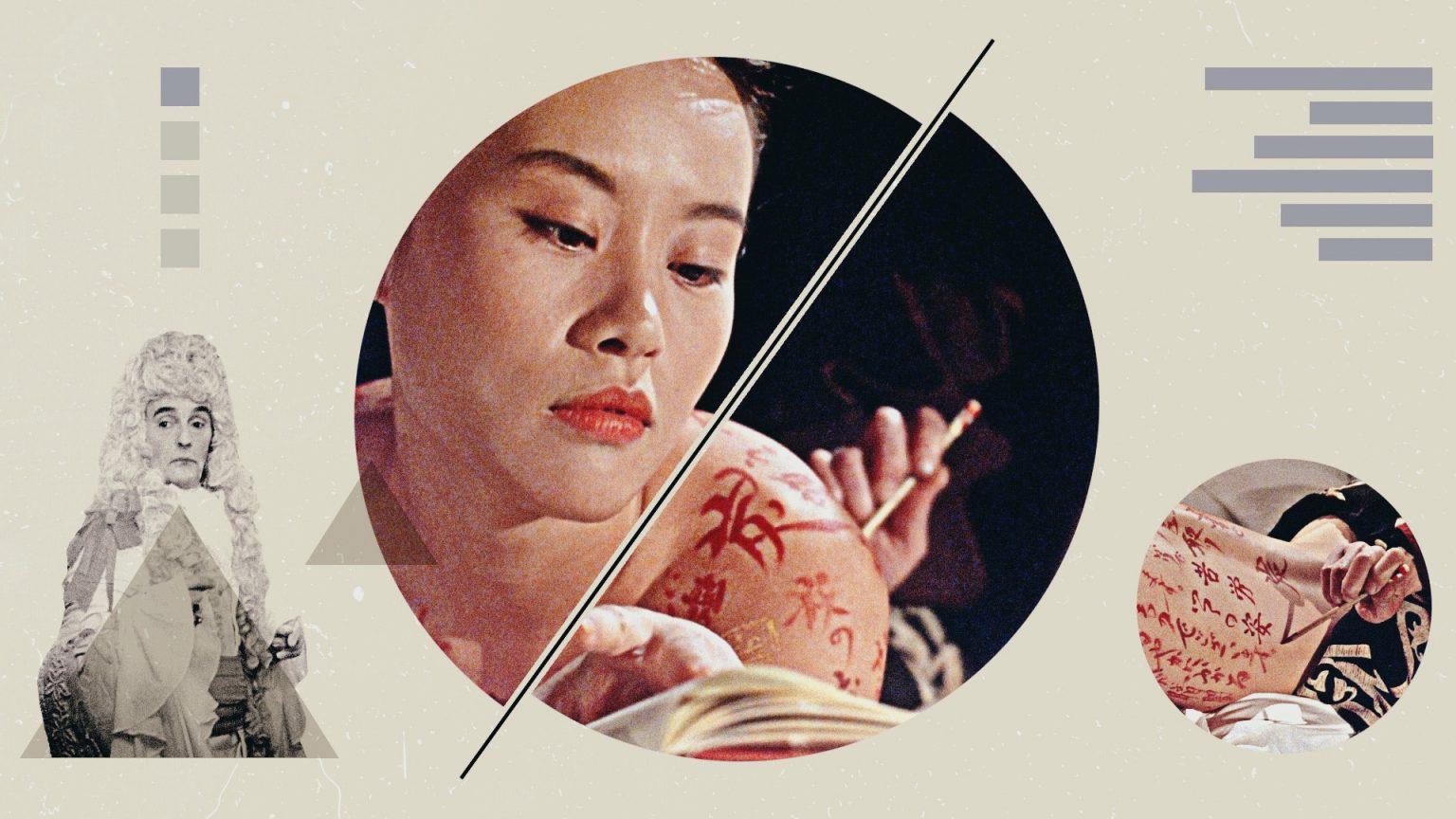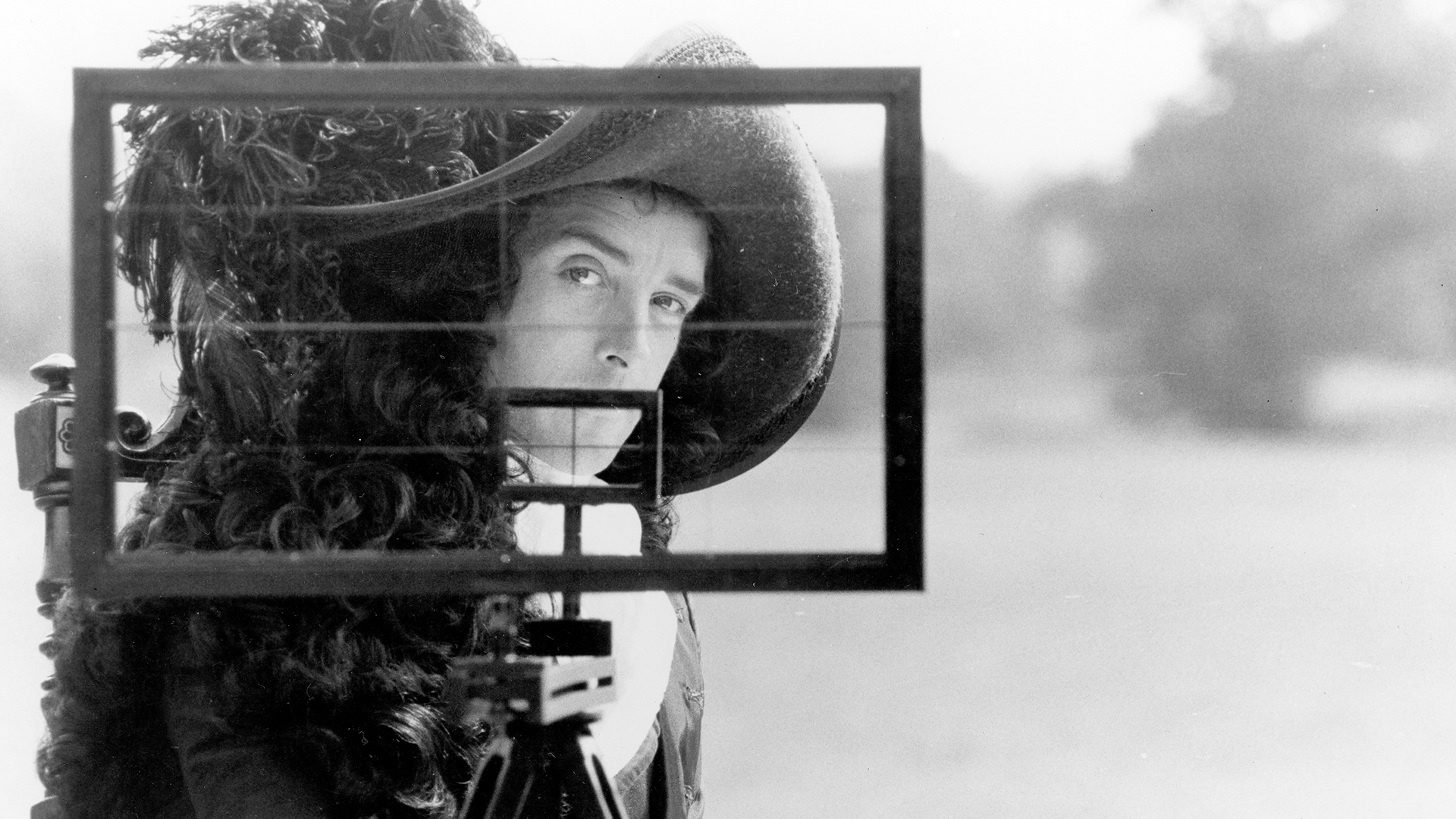“The film editor is the gatekeeper to what the audience gets to see.”
Peter Greenaway
Peter Greenaway always wanted to be a painter. He was born in 1942, grew up in a working-class home, and went on to study mural painting at the Walthamstow College of Art. Using his background in art history, Greenaway tested the boundaries of cinema, and over the course of thirty-plus years, he has become one of the foremost avant-garde filmmakers to ever break into the mainstream.
If the film is popularly thought of as “painting with light,” Greenaway reconsiders that adage by focusing on the confines of the frame and how, more than anything, editing is the defining element of cinema. Considering that Greenaway’s greatest influences include masters of montage such as Alain Resnais and Sergei Eisenstein (who would also be the subject of one of his recent films), Greenaway’s interrogation of cinema’s artistic identity lies in his radical, challenging use of montage and framing.
In his second feature and first hit, The Draughtsman’s Contract (1982), Greenaway introduces the interaction between the frame and editing. Compared to Greenaway’s later work, the film’s use of framing and montage is rather basic, but it presents ideas that he would develop over the course of his career. (cialis online)
Set in the 17th century on an English estate, a draughtsman is commissioned to make a series of drawings for the wife of a nobleman. To reflect its narrative, each shot in the film is composed like a baroque-inspired painting. As a result, the film relies on mise-en-scène to convey information, rather than classical Hollywood editing. Scenes contain few edits and very few insert shots or close-ups.
In this sense, montage is integrated through the use of the frame. With a background in art history and painting, Greenaway recognizes that the first work of the editor is deciding what does and does not belong in the frame. This fundamental truth — where to point the camera, or where to fixate the point of view in a painting — becomes the most basic reflection of an artist’s subjectivity. In fact, the film itself seems to acknowledge this. The titular draughtsman uses a graphing device, which helps ensure his accuracy. Ultimately, the draughtsman’s process, deciding what does and does not belong within a frame, has a huge impact on his fate and can similarly be compared to the role of a film editor.
The Draughtsman’s Contract introduced the world to Greenaway’s fascination with editing within the frame — an idea that evolved over the course of his career, as more and more frames were introduced.
Perhaps there’s no better example of editing within the frame than 1996’s The Pillow Book, which follows a woman who is searching for a partner who will be a great calligrapher and a great lover. The film compellingly integrates layers of frames, text, images, and sounds.
Quite radically, Greenaway, rather than edit sequentially in a traditional montage, edits by layering different images, sometimes including up to four images within the confines of the screen. Some of these images are transparent, allowing us to see different images at once, while other elements remain opaque. This editing style invites comparison among the frame’s many images and often represents multiple ideas. It also serves to destabilize time and narrative itself, as the audience is forced to grapple with several realities within one frame.
While this technique may be jarring at first, the idea is not fundamentally different from widely accepted audiovisual techniques. The idea of layering images or using frames to represent different ideas can be linked back to cinema’s silent era, where filmmakers were still working to form the popular language of the medium. In another sense, the use of split screens (or even set elements such as windows, mirrors, or screens) within a shot are just frames within frames that we accept as part of a film’s diegesis.
Ultimately, Greenaway’s films and his radical approach to film editing and framing push the limits of accepted film language. As Greenaway often favors telling stories about art and artists, his work is in greater conversation with a history of Western art, as he demystifies the artistic process. While he does this through narrative, he most crucially does this through form by using all elements of the medium — sound, editing, and light — to redefine the confines of the cinematic frame. As a result, Greenaway presents us with a filmic language all his own.
Watch Now: The Draughtsman’s Contract, The Cook, The Thief, His Wife & Her Lover, and more films directed by Peter Greenaway.





